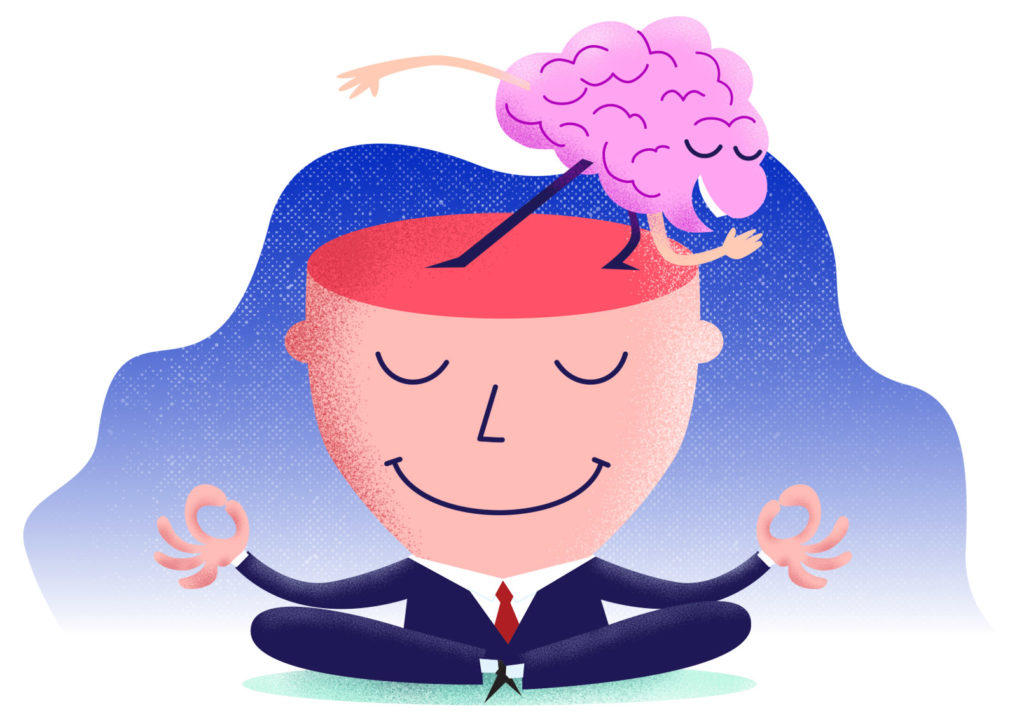This article is courtesy of aSweatLife.com. The original article can be found here: https://asweatlife.com/2021/02/nootropics-adaptogens/
I like to consider myself fairly well versed in health and wellness terms (I am a wellness writer, after all). But when it comes to certain terminology, I can find myself just as stumped as a nutrition newbie, especially when it comes to proper pronunciation. This leaves me wondering if I should look into adult “Hooked on Phonics.” (Is that a thing? If it’s not it totally should be). I mean, let’s be real here folks. Ash-wag-what? You see what I mean? Whether you’re a nutrition nerd or novice, here is a list of some vexing vocabulary and what the terms mean.
What are adaptogens?
Adaptogens [uh·dap·tuh·jenz] are a type of non-toxic plants that have been shown to help people’s bodies adapt to imbalances and stress, hence adaptogens. Various adaptogens can balance and provide support to certain parts of the body or body systems, especially when you have a lot going on. As society moves more towards more natural healing methods and ancient modalities, adaptogens continue to rise in popularity, especially in the field of health and wellness.
Dr. Nell Smircina, Founder of PIQUE Health, an integrative medical practice in Beverly Hills, further explains. “Adaptogens are non specific, meaning they do not address a singular symptom or system in the body. However, they most greatly address the body’s stress response. Calming the body’s heightened stress response, which helps with physical and psychological stress, is the main function of adaptogens. This is why adaptogenic herbs can assist with many symptoms and health benefits. If the body can handle stress more effectively, many things will improve.”
Examples of adaptogens include ashwagandha, Asian ginseng, Holy basil, licorice, maca, moringa, Reishi, rhodiola, schisandra and Siberian ginseng. (Yep, all hard to pronounce if I do say so myself).
What is ashwagandha?
Ashwagandha (ash-wa-ghan’-duh) is a type of adaptogen and tonic. Also known as “Indian Ginseng” or “Winter Cherry,” ashwagandha promotes learning and memory retrieval. It is often used to support brain and cognitive function as well as energy and immune support. It’s great for helping with stress and is commonly used to encourage a healthy inflammatory response and promote healthy sleep patterns.
What is cacao?
Cacao (kuh·kaw), not to be confused with basic cocoa, which is super easy to pronounce, by the way. Cacao is a minimally processed form of chocolate that is robust in flavor and rich in nutrients making it a popular superfood. Cacao has a slightly bitter taste, but it can still be used like traditional cocoa. Whether you prefer it in a powder form or raw nibbs, cacao can be used in baked goods, chia seed pudding, ice cream, overnight oats, pancakes, smoothies, trail mix and waffles. You can even slather some apple slices in your favorite nut butter and sprinkle with cacao nibs for a savory and sweet afternoon snack.
What is moringa?
Moringa (mr·ing·guh) is a tree that most commonly grows in the tropics. This tree produces leaves that have a vibrant color and a matcha-esque taste that can give a subtle hint of flavor and nutrients to recipes. Naturally caffeine-free, moringa is a great alternative to coffee and other teas. Plus, it’s loaded with antioxidants, amino acids, minerals and vitamins.
What are nootropics?
Similar to adaptogens, nootropics (noo·traa·puhk) are a class of compounds that benefit the brain by improving cognitive performance, focus and memory enhancement.
Trista Best, Registered Dietitian at Balance One Supplements further elaborates, “Nootropics are supplements that contain compounds that improve brain health and function. They range from simple, one-compound formulations to manufactured supplements that include a wide variety of nutrients and compounds to improve brain health.” Nootropics can also alleviate stress, balance mood, boost mental energy and increase focus, ultimately creating a calm, relaxed mind.
What is reishi?
Reishi (rei·shee) is another popular adaptogen that comes from the Lingzhi or Reishi mushroom. Reishi mushrooms are incredibly versatile and have been used for many years in Eastern medicine due to their supposed healing properties. Reishi mushrooms can be enjoyed in a variety of ways. Add to a homemade pizza, cook them up in your egg scrambler (breakfast for dinner, anyone?) or include them in salads or homemade stuffing. You can also enjoy reishi mushrooms in a powdered form, where it can easily be combined in almost any type of recipe.
What is spirulina?
Spirulina (spee·ruh·lee·nuh) is a type of blue-green algae that grows in fresh and saltwater. Full of omega-3 fatty acids, which can calm anxiety, fight inflammation and lower cholesterol, spirulina is a great alternative to morning coffee and pairs well with smoothie recipes. It can also provide a vibrant hue of color to homemade nice cream and smoothie bowls.
What is turmeric?
Turmeric (tur·mr·uhk) is what gives curry its vibrant yellow-orange color, which you often detect in Indian food. The turmeric plant contains an active ingredient called Curcumin, which contains antioxidant properties that can be beneficial to the body.
“Known as an anti-inflammatory and blood mover, [turmeric] helps with pain and circulation,” says Smircina. Cooking with turmeric as a spice likely has some moderate effects, but for treating medical conditions, you want to consult a practitioner who can give you a high quality turmeric supplement.
The next time you come across one of these semi-intimidating health and wellness terms, say it with confidence knowing you not only know how to say it, but you even have some fun facts to accompany that perfect pronunciation of yours. Way to go, you!























































